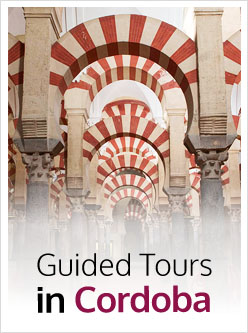We should start from the idea that San Vicente, as Episcopal See, would join a series of civil and religious buildings of great importance, such as the Palace of the Governor. This explains that the scarce written sources refer to San Vicente not only as a building, but as an architectonic ensemble.
Under the Prayer Room of the Primitive Mosque, Félix Hernández found the remains of several buildings, most of them belonging to the previous episcopal see, in the middle of more debris. This could have been caused by the use of the material from these buildings in the construction of the city’s new Aljama Mosque.
Between the 4th and 5th naves of the primitive Mosque, several walls were found forming rectangular spaces, facing north to south, where the bulky walls and the remains of mosaics on the surface stood out. It is believed that these structures could have been part of a 6th-century Paleo-Christian basilica.
Further north, between the 2nd and 3rd naves, facing northeast-southeast, a rectangular room was found connecting the central nave of a hypothetical building in the shape of a 3-nave basilica. On one of the walls, a small semicircular alcove was found.
Further south, there was another structure, characterised for having an apse with a five-metre diameter. The building housed a rectangular pool, which resembled a water tank from Paleo-Christian times and which was possibly used as a Christian bastistery.
There were numerous remains taken from the excavation led by Félix, most of which can be seen in the so called Museum of San Vicente, located in the southeast corner of the Prayer Room. We can highlight a fragment of “Paleo-Christian Sarcophagus“, which was part of one of the columns of the primitive Mosque. This gives us a general idea of how the materials of the ancient Paleo-Christian basilica were used: they reused even those items considered useless. The fragment, dated between the years 330 and 335 AD, is a sculped frieze representing Gospel scenes.
If you are wondering what to visit in Córdoba, the best option would be the Mosque-Cathedral. This way, you could know the ancient Basilica of San Vicente, choosing one of our guided tours. Choosing to do high quality sightseeing is choosing ArtenCórdoba.
Text: J.A.S.C.


All the information about the monuments, festivals and places of interest in Cordoba… at a click!
If you want more information about the monuments of Cordoba, before doing your guided tours, here is the most complete guide, written by the tour guides and historians of our team
Over 2,000 items!
Mosque-Cathedral
Medina Azahara
Alcazar of the Christian Kings
Synagogue
The Museums
The Coutyards

All the information about the monuments, festivals and places of interest in Cordoba… at a click!
If you want more information about the monuments of Cordoba, before doing your guided tours, here is the most complete guide, written by the tour guides and historians of our team
Over 2,000 items!

















